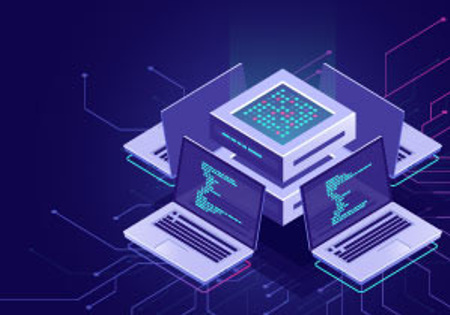Courses
Courses that have been recently added and are currently recruiting students

From Art to Zoology, Alison has thousands of free online courses and is adding more all the time. We seek out experts in their field to design learning material that is comprehensive, broken down into manageable chunks and gives you a series of achievable learning outcomes. Our online courses strive to provide interactive and rich studying experiences - for anyone in the world, wherever they are.

Estimated Effort 20 Hours Level Beginner Language English Course Released

Completion Certificate Stand out to your professional network 1.0 Hours of self-paced video lectures

freeCodeCamp Help Free Certificate English Certificate Available 300 hours On-Demand

English Certificate Available 75 hours On-Demand Intermediate

70 hours Intermediate Free Online Course

54 lectures 4.62 hours English

We can test a part or an assembly of moderate complexity under various loading conditions. We can analyze how much the part will bend under what force, how much force it will bear and hence optimize our design for least material required for any specific loading requirement. We can see how the fluid flows through a part or an assembly of part using SolidWorks FloXpress

Become a white hat hacker and learn all the practical techniques for penetration testing with this amazing course which will provide conceptual framework to your security training. The course not only covers theoretical concepts but cover the practical demonstrations of various tools like Metasploit , Scapy and WireShark.

In this course, we will learn the mechanics of editing and compiling programs in C++. We will begin with a discussion of the essential elements of C++ programming: variables, loops, expressions, functions, and the string class. Then, we will cover the basics of object-oriented programming: classes, inheritance, templates, exceptions, and file manipulation. We will then review function and class templates and the classes that perform output and input of characters to/from files. This course will also cover namespaces, exception handling, and preprocessor directives. In the last part of the course, we will learn some slightly more sophisticated programming techniques that deal with data structures such as linked lists and binary trees.

The purpose of this course is to present software engineering as a body of knowledge. The course is designed to present software engineering concepts and principles in parallel with the software development life cycle. The course will begin with an introduction to software engineering, giving you a definition of this body of knowledge, as well as a discussion of the main methodologies of software engineering. You will then learn about the Software Development Life Cycle (SDLC), major methodologies followed by software modeling using Unified Modeling Language (UML), a standardized general-purpose modeling language used to create visual models of object-oriented software.

This course is a continuation of CS101: Introduction to Computer Science I. It will introduce you to a number of more advanced Computer Science topics, laying a strong foundation for future study and achievement in the discipline. We will begin with a comparison between Java, the programming language used in the previous course, and C++, another popular, industry-standard programming language. We will then discuss the fundamental building blocks of Object-Oriented Programming, reviewing what we have already learned while familiarizing ourselves with more advanced programming concepts. The remaining course units will be devoted to various topics, including the Standard Template Library, containers, exceptions, recursion, searching and sorting, and generic programming. By the end of the class, you will have a solid understanding of Java and C++ programming, as well as a familiarity with the major issues that programmers routinely address in a professional setting.
